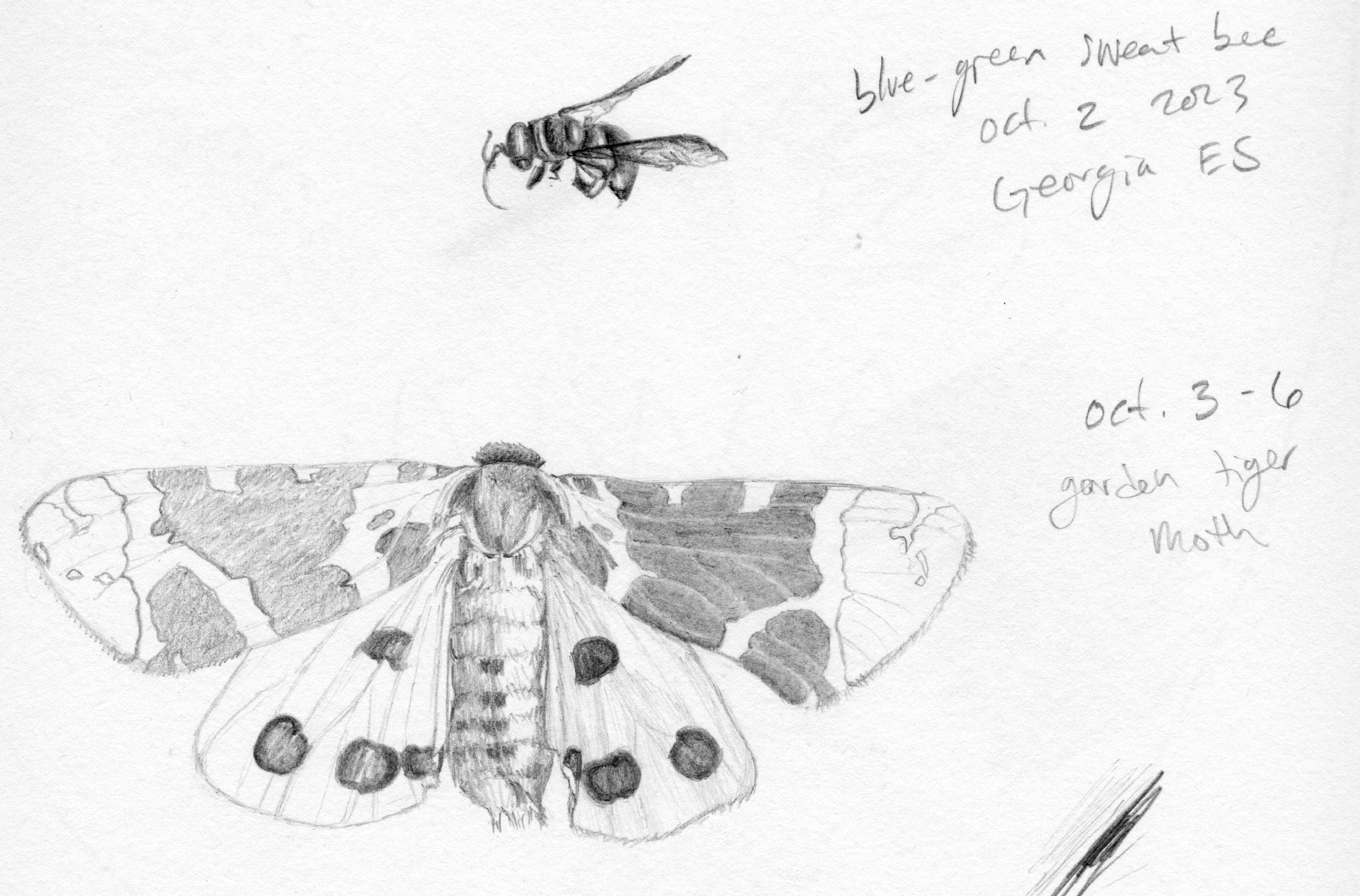Conservation and Teaching Collections
But all conservation of wildness is self-defeating, for to cherish we must see and fondle, and when enough have seen and fondled, there is no wilderness left to cherish. - Aldo Leopold
My recent school residencies reminded me of this quote, and the deep conflict it neatly sums, but in the context of conserving collections.
When I first began my Museum Studies program, I intended to work in collections management, so my internships and classwork focused on preserving diverse items, forever. We discussed over and over the fundamental conflict between keeping something, and the purpose of keeping something. Often, the purpose of keeping something is to use it later, but then it is no longer preserved.
At the time, I had no hesitations about the value of saving both scientific specimens and material culture. Obviously, these things have value. Obviously, things of value should be preserved as best as possible.
I remember an instructor sharing a story about a local (bay area) museum that had had totem poles installed out front. As the poles weathered, a curator had removed them to storage, to preserve them. Later, visiting representatives from the tribe that had made them were puzzled about why the totem poles weren’t outside. The poles were meant to weather and change, not to last forever. The story stuck with me because of the dissonance between what was obvious to the curator: save the art, versus what was obvious to the makers: the art had a natural life cycle.
At the time, I aligned with the curator’s priorities and struggled to understand why anyone would want to watch works of craftsmanship crumble. A few life experiences later, and I find I’m troubled by the idea of permanence. Living is a process of change; to last forever is to stall out, to be inert, pointless.
As a natural history teaching artist, I maintain a teaching collection that I bring to workshops and residencies. Some of this collection I’ve preserved for decades the way most collections are preserved: by keeping it packed away. Lately, I’ve begun bringing even these more delicate, long-lasting parts of my collection into my work, even with young kids. The risk of breakage and loss is very real: in my last two residencies I brought my pinned insects, and many came back without legs, wings, or heads.
They also came back loved. Kids exclaimed over them, looked at them with magnifiers, drew them. Many of those insects I killed myself, for an entomology course; now they were finding new life in the minds and drawings of another generation that will have a reason to care.
The teachers who welcome me into their classrooms are always concerned about my collection and very emphatic with students about being careful. Of course, it’s important that students hear that message. And many do step up and never break anything, despite appearing completely distracted by their buddies. But the conclusion I’ve come to, that brings my collection to class after class, is that there’s no difference between preserving something forever by never using it and not having it at all. ![]()
